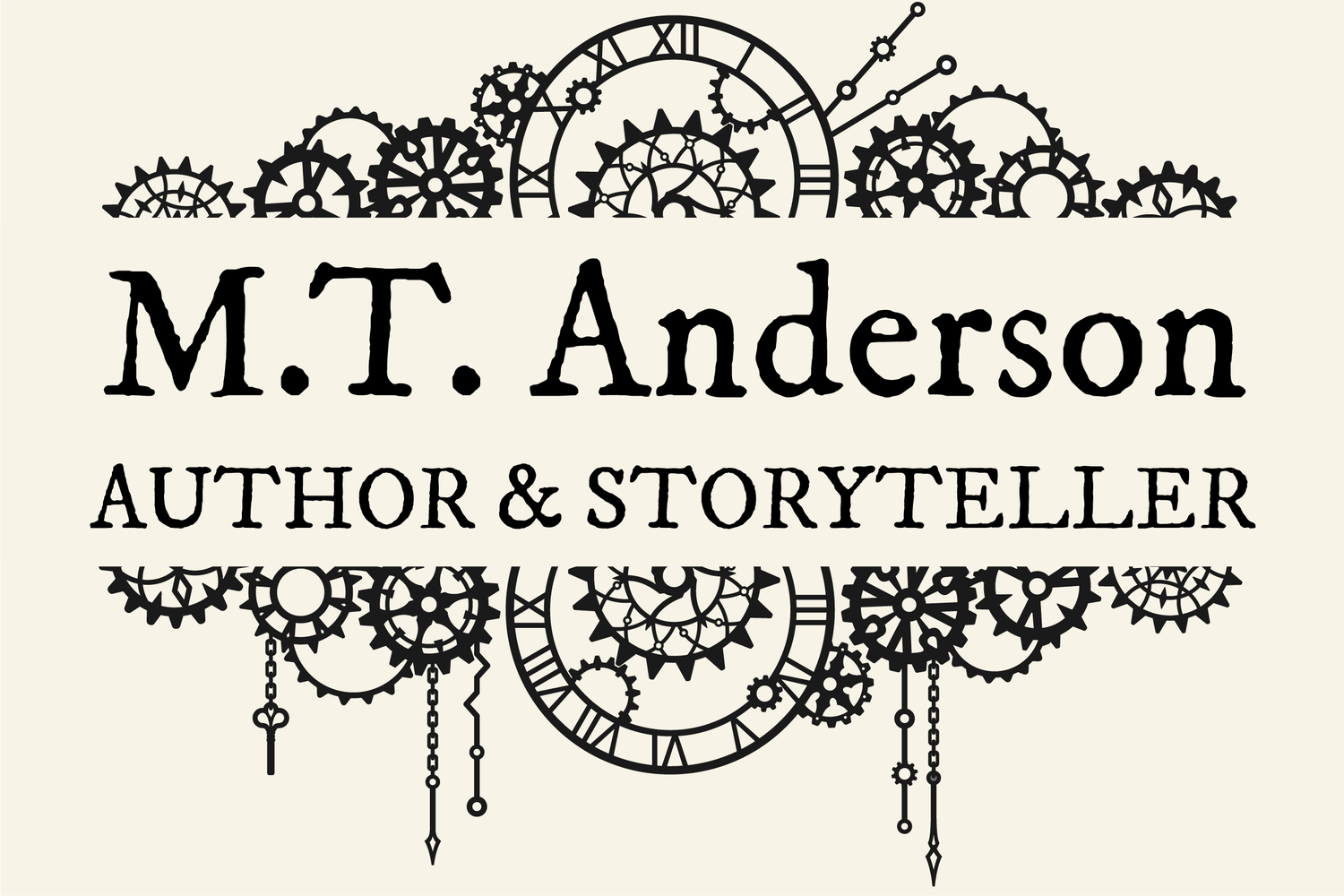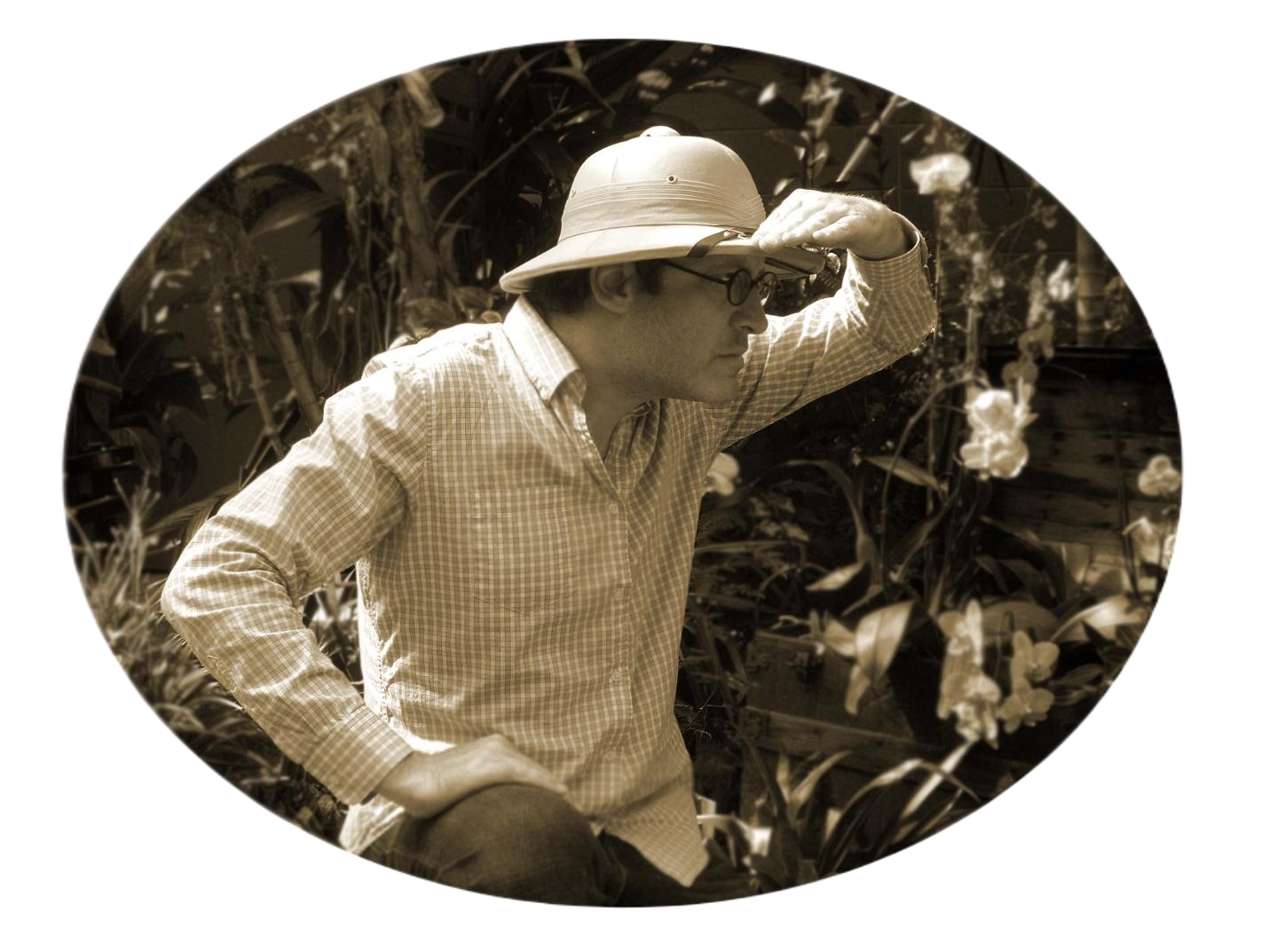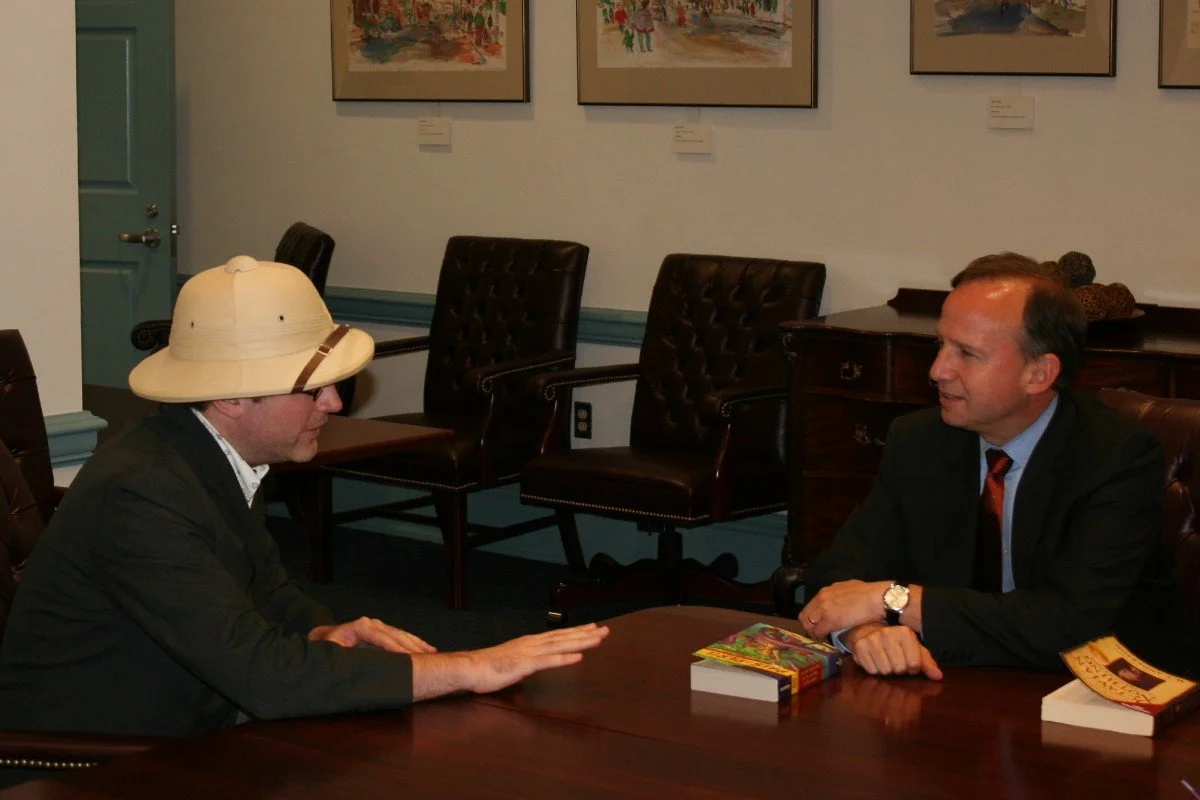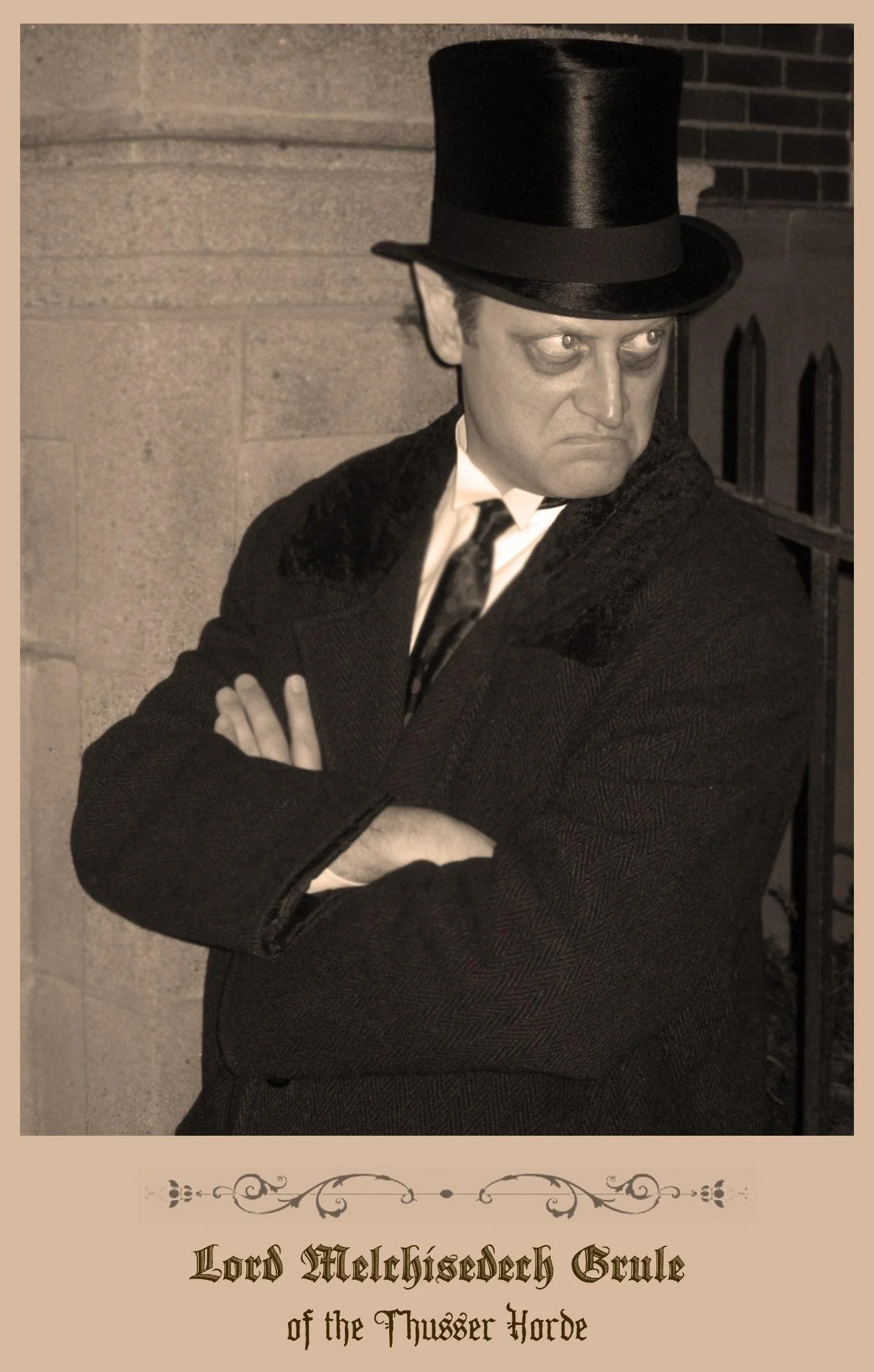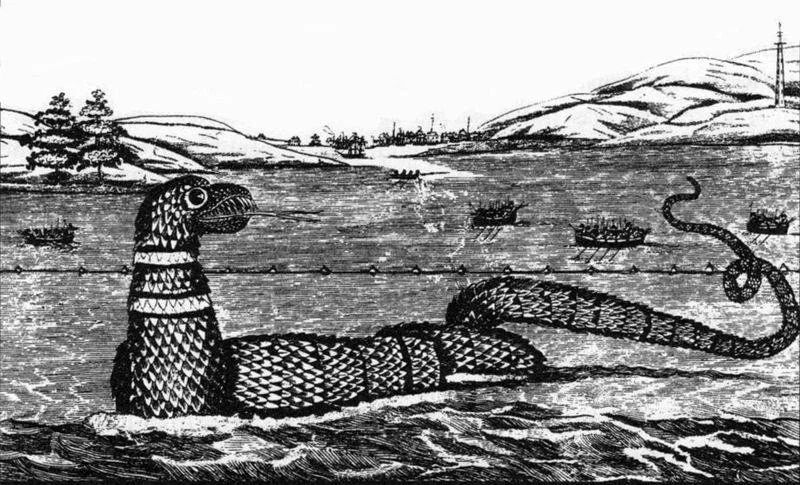He Talks and Talks
Feed
When I was a teenager, I was irritated at the way companies tried to sell me things. I think this is true of a lot of teens. All around us, ads and tv shows and movies are showing us images of the high life, playing on our desire to belong. There’s always that subliminal message seducing us and bullying us: If you just get this, and buy this, and order that, you’ll be cool, and you’ll be loved. See how much fun these kids are having? If you want to be wanted, then you need to want what other people want. And other people – what they want is this. Buy it. Buy it now.
This has become even more intense (and not just for teens!) now that most of us are connected all the time through devices of one kind or another. I don’t even notice the ads that flit past me any more, I take them so much for granted. And even though I know that my favorite shows are paid for product placement, I take that for granted, too.
Of course, I wrote Feed back in 2001, before most of these devices existed, and before marketing systems had become as sophisticated as they are now. But even then, before the smartphone, I was still tapped into a wider system of corporate communication. Already my dreams of who I wanted to be, my understanding of who I had been in the past, my hopes for who I’d become in the future – these things had already been influenced and perhaps even constructed by advertising images, movie stills, and prime-time TV, the hours of images of twenty-somethings crammed into bars, girls smiling at men who drank the right beer, leaving me with a dim impression that I was supposed to like a certain kind of music, a certain kind of shirt, a certain kind of ribs.
So I began to conceive of a story in which these media connections and social networking connections weren’t external, but within us all. What if we no longer needed devices? What if we had an internet feed within us, so we were never disconnected?
It is out of the memory of my anger as a teen at the bullying maneuvers of “youth marketing” that I wrote the book – but also out of the knowledge that even now, I’m part of this system of desire. I still can’t get out of my head the images of who I’m supposed to be. (For my current age: the picket fence; the lawn; holding some daughter up toward the sun; strapping my tykes into the SUV.)
I don’t think this would have been an interesting book to write (or to read) if I had only hated the hyper-marketed world I describe. For me, the key to the discomfort is how much I love some of it, how much I still do want to be slick like the people on the tube, beautiful, laughing, surrounded by friends. And how much I legitimately do think that the technology-based information resources at our command now are incredible (things like Project Gutenberg, the Internet Archive, instant music and movie downloads, even the much-maligned Wikipedia). These are tools for an amazing new intellectual understanding of the world, though they come with strings attached. Think about the way technological progress over the last twenty years has revolutionized the artistic possibilities in film, or the scientific processes of medical experimentation – or almost any field. We have at our fingertips knowledge and power like no other generation before us, and that’s intoxicating. I am no Luddite. And this would not have been an effective satire, in my opinion, if I hadn’t also been seduced by what I was mocking. It is the anguish of indecision that animates it. This is indeed a brave new world, but there is a cost.
People have told me that Feed is coming true. (Some of the technologies I discussed have been explored in recent years.) But in a sense, I believe it already was the reality when I was writing.
I was already dreaming in advertisements.
NOTES FOR WRITERS:
This was a book I just started writing without knowing where it was going. I wandered into it. Originally, it was supposed to be a short story for a collection on literacy. Obviously, it got way too long, and I presented it to my editor at Candlewick, Liz Bicknell, as a book instead.
Writing without a design for the novel was complicated. It took me one complete draft before I even knew where the story was. I wandered around in loops trying to find the plot. Then I had to go back and cut out a lot of pieces to make it feel forceful and directed. If I remember correctly, I cut about fifty pages or so to make it the book it is now.
Don’t worry. You won’t miss any of those pages.
Writers often hate revision. To me, revision is difficult, but it can feel great. Like cutting off some huge, cheesy growth on your face or your foot – and suddenly you can breathe more freely and move more easily.
Don’t fear the knife.
Elf Dog LaRue
I wrote an essay about Elf Dog & Owl Head for School Library Journal, which you can read here.
This essay shares the story of LaRue, my own magical dog who inspired Elf Dog and kept me companion while I was trapped alone in Vermont during the pandemic.
Me All Alone at the End of the World
This is a book about the joys of being alone. Picture books tend to start with kids who are miserable being alone and only consider their happy ending happy when they have found a friend – or six.
As a kid, sure, I thought my friends were great – but I really did love being alone too. So as an adult, I decided to write a book that discussed the pleasures of solitude. I wanted to say to kids: You don’t need to be in a crowd all the time to enjoy yourself. It’s great to make up your own kind of fun.
Jasper Dash and the Flame-Pits of Delaware
When I was a child, I loved books of fantasy travel and adventure: Victorians in pith-helmets and starched collars knocking around in the dusty tombs of Karnak. Bookish mystery-seekers making their way across the frozen steppe to read the runes on some ancient, magical pillar dedicated to toads. Conan the Barbarian, smashing through lost jungles with spiders twitching above his head, flying apes perched in ruins to either side of him, cobras slithering to bite his knees, and a piranha in his canteen.
What thrilled me in these books were not just the specific moments of adventure – the fumbling mummies, the lassoed pterodactyls – but also the sense of the vast, untamed landscape. In my little safe suburban house, I dreamed of a world of howling wilderness and secret valleys. I hoped that there were still places to discover on the Earth. And I hoped even more that there were still places that would remain undiscovered and unplundered until the end of time.
And so, as an adult, I have written a book about Delaware. Cut off from the world for generations by its prohibitive interstate tolls, Delaware, to most of us, is nothing but an exotic name, a realm of fantasy. I determined to pierce the veil of mystery. I determined to reach deep inside the Blue Hen State and yank out its giblets for all to see.
No, okay, I’ve never actually been to Delaware. I may not be one of your so-called “experts” on the state. But I looked at MapQuest for at least six or seven minutes, and any fool could tell you that Dragon Creek must be dragon infested, and Red Lion Creek must be red lion infested, and that Sandtown is a caravanserai in the middle of a desert. It doesn’t take a PhD in Geography to tell that seaside hamlets with names like Slaughter Beach and Broadkill are the haunts of Vikings. You don’t need to be a member of the Adventurers’ Club to figure out that the largest building in Ogletown is an observatory, or to guess that when you visit the village of Bear, you better hide your food up a tree.
Jasper Dash and the Flame-Pits of Delaware is an homage to those adventure books I read as a kid, and to wonderful friendships, and to the imagination of those of us who sit on lawn-chairs and dream of far-off places. It is the story of three plucky kids who brave the interior of Delaware – who seek ancient artifacts – who confront dinosaurs and secret police – who are chased and marauded by Delaware’s tyrannical leader, the Awful and Adorable Autarch of Dagsboro – but who, in the end, find their way home.
I hope you enjoy reading it as much as I enjoyed writing it. And I hope that as you read it sitting at home, it will take you miraculous places you’ve never been.
Like Wilmington.
For a highly informative TOURIST’S GUIDE TO DEEPEST, DARKEST DELAWARE that I produced for you, the beloved reader of this book, click here [link coming soon].
The site includes an interactive map, many Fun Facts, and a sing-along with the State Song! All of it guaranteed to be erroneous!
You won’t regret visiting.
Special Note: When I visited Delaware a few years ago – which I thought was lovely – the Governor of the state wrote me a hysterical letter about this book. It is, I believe, the only time a state governor has ever called me “buster.” Read the letter here.
Governor Markell meets M.T. Anderson
Burger Wuss
I worked at McDonald’s one summer when I was sixteen. It did not go well. On the first day, I had to go into the women’s bathroom and clean up something that looked like an industrial disaster. To keep people out while I mopped, I put up a sign on the door that said, “Out of McOrder.”
My manager almost fired me right then and there. He said I wasn’t taking the McDonald’s name seriously. I pointed out that their corporate logo is a clown. How seriously do they expect to be taken?
Anyway, only a few of the scenes in the book are taken from life – like the scene in which someone pulls the emergency ring above the fry vat just to see what will happen. Most of it was made up. The book is about people taking revenge on each other. It was incredibly fun concocting all of their schemes – all the ways they’re trying to trick each other. And it was fun planting the clues so the reader can guess who’s pulling a fast one on who.
This is the first time I wrote an outline for a book, scene by scene, before I began writing the book itself. Sometimes (as with my book Feed) I’ve written without knowing what is going to happen. Sometimes (as with most of my books) I know some of what happens, but not all of it. In the case of Burger Wuss, I wrote a complete description of every scene’s main events and functions. This was great. It meant that when I sat down each day to write, I knew exactly what I had to accomplish – and all I had left to do was make up all the fun stuff: the dialogue, the eccentric characters, the descriptions of settings.
This book was a great pleasure to write.
A piece of trivia for writers: At the time I wrote Burger Wuss, I was in grad school, studying something called Jacobean revenge tragedy – these crazed, murderous plays written in England around 1600. I thought I’d try to write a revenge tragedy, but set in a burger restaurant. At first, I tried to steal the plot of one of the old plays directly. That didn’t work – too much murder and mayhem – so I made up my own plot. There is still a faint memory of Jacobean revenge tragedy in the novel, however. Many of the characters, for example (Cyril Turner, John Webster, John Fletcher) are named after Renaissance playwrights. And the main character, the revenger, is named Anthony, as he would be in a Jacobean revenge tragedy.
The Game of Sunken Places
The Game of Sunken Places was the first book I wrote – but it wasn’t the first book I published.
When I was sixteen or seventeen, I had a dream in which I played a strange, ritualistic game in the woods and then saw the mountains coated in metal. I decided to write a story based on the dream. I had always wanted to write books for kids – something like Susan Cooper’s Dark Is Rising series, or C. S. Lewis’s Narnia books, or Mary Norton’s Are All the Giants Dead, or E. Nesbitt’s fantasy novels, all of which were favorites of mine when I was younger. You can see the influence of those novels on my own writing when reading this book (even though this book is for older readers than E. Nesbitt’s, say).
You also can see the influence of 80s computer text adventure games, which were a big deal when I was a kid – games that were the scrawny precursors of today’s fantasy adventure games. They had no graphics and relied entirely on text descriptions of locations, but my friends and I (and tens of thousands like us) were thrilled and amazed by them and spent hours fighting monsters, solving riddles, and trying to figure out how to use objects like a piece of bent pipe, a big cheese, or an aneroid barometer to win treasure from trolls. Though the Game in my book is a board game, this novel is really about how incredible (and terrifying) it would be if one were transported into the world of one of those 80s text adventure games.
So I wrote the book in my late teen years. By the time I was nineteen or so, it was done and I had revised it, and so I sent it out to publishers. I crossed my fingers and hoped that I was on my way to fame and fortune.
Of course, they all rejected it. A lot of it was bad.
So it sat on a series of old-school “floppy discs” for more than ten years, quietly corrupting. (And when I say these were old school, I mean made of bendable mylar or something … Actually floppy.)
When I was thirty-one or so, I was thinking about that book and how some of it really haunted me. I wanted to read it, but I couldn’t, because the format of data in the 1980s was so radically different from data in the new millennium. That just piqued my curiosity about the book, though. I wanted to see if it still held up when I read it.
I asked a friend of mine who was an I.T. guy at a college to see if he could decrypt the 80s floppy disks. After some work, he got a decryption program to spit out my novel in scrambled chunks of about three sentences long each. I had to go through and figure out the order of these chunks, an arrangement which turned out to be based on some complicated mathematical scheme. Painstakingly, I reconstructed the book I had written when I was seventeen. Sentence by sentence, I cut and pasted it into a modern Word document. For the first time since I was a kid, I could read it.
Some of it was good. Some of it – especially the humor – was amateur. Thank goodness, too – proof that I had actually gotten better at writing with practice. So I revised it heavily. Then I sent it to an editor, David Levithan at Scholastic (who is also a writer). He sent me suggestions of ways to make it even better. I went through and made all sorts of changes, tightening the action, taking out useless dialogue, adding in scenes of greater tension, making sure that the reader could tell how the characters were reacting to their bizarre surroundings. Through a long process of revision – which, in this case, I found absolutely delightful, like a vacation – I turned the book into something I was truly happy with.
One of the great things about revisiting this teenage mindscape was the pleasure in seeing things I’d tried at and failed when I was a kid – and in fixing them now that I had the knowledge and experience of adulthood. For example, I knew that I wanted to make the elfin Norumbegans in the book kind of weird and irresponsible in a wealthy, entitled, vaguely 1920s kind of way … like if The Great Gatsby got in a car-wreck with The Mabinogion. I didn’t really have the finesse to do that as a teenager. By the time I was thirty-two, I’d given up hope that I’d ever be wealthy, but I had mastered irresponsibility, so I was much better able to write those sections of the book.
On the other hand, I sometimes lament that I deleted some of weird flourishes and curlicues from the original version. They were too eccentric to be of interest to the casual reader – but I loved seeing the evidence of how I struggled to learn how to write, and how I experimented, and how I sometimes failed.
The Suburb Beyond the Stars
This book trailer, stitched together out of pieces filmed before M. T. Anderson’s unfortunate disappearance, discusses his new book The Suburb Beyond the Stars.
It is part of a larger set of documents about the strange and mysterious sightings and deaths in the area of Mount Norumbega — many of which have been released here and here.
We hope you can make more sense of this film than we can.
Handel, Who Knew What He Liked
I always loved Handel’s music. When I was a teenager, I was forced by my parents to be in the school choir and the church choir. After a few years of grumbling, I came to love it. As the years passed and my voice cracked, broke, and sank, I sang every voice part of Handel’s Messiah.
When I was a kid, I loved Handel’s music because it seemed to promise that humans would be noble creatures, full of reason and gentility. Of course, that was before I went to high school.
So why write a children’s book about a master of the Baroque fugue? First, his life is full of great scenes: He released live birds in the theater as a special effect. He fought a duel with his best friend over which one of them would direct an opera. His singers got onto fist-fights onstage. So there were great anecdotal scenes. But also, I felt that kids would appreciate the story of someone trying their best at what they really believed in – and still failing – and having to keep trying until things worked out.
The Clue of the Linoleum Lederhosen
As a kid, I spent many happy hours lying on my belly, with my tennis-shoe heels bumping together in the air, reading the Hardy Boys books – not to mention Alfred Hitchcock and the Three Investigators and Encyclopedia Brown and any other series about kid detectives which I could get my twiggy little hands on.
I loved reading these books on vacation … and I can’t help but notice that some of their holiday mood comes from the fact that Frank and Joe Hardy and Nancy Drew and Jupiter Jones and the rest of the pint-sized Sherlocks are often on the road to vacationland themselves in the books, investigating crimes not just in their home town, but in Pennsylvania Dutch country, down the gullet of the Grand Canyon, or up at a remote mountain lodge.
As in the first Pals in Peril novel, Whales on Stilts!, I wanted to capture the happiness of summer days spent reading those books – and my odd nostalgia, as a child, for an America I was just starting to understand and imagine ... my sense of a lineage of American child readers that I could trace on library cards, scrawled names from different decades – leading from some kid Gus back in 1943 down, through years of saddle shoes and flat-tops and fin-cars and the flip and hippies to my name, written last on that list in the 1980s.
So this book is my homage to those old mystery series read by all those people through the years.
And now you are part of that lineage of readers. We all, the living and the dead, welcome you.
Strange Mr. Satie
When I was a child, I loved Satie’s music – so I was delighted when I grew up to discover that he had been so childlike throughout his life. His love of children’s games and circus scenes and the wonderful peculiarity of being alive informed both his music and his day-to-day routine. He spent his evenings with pranksters, dancers, magicians, and clowns. He was not always a happy man, and he had his horrible tantrums. His music is playful, yet filled with subtle and solemn emotions. His pieces, like the world of a child, are tiny and delicate, but intensely felt. When I began to read about his life, I decided I had to write a book about him – as a way to sing back to him all the things he had sung to me.
The Serpent Came to Gloucester
As a kid, I loved monsters. Sea monsters, especially. I read stacks of books about them, and every time I swam in the deep Canadian lake where we used to go for summer vacation, I’d worry I’d look straight down into the water and see a huge, unblinking eye looking back up.
One day, when I was an adult, I remembered a weird image from one of those books: an old illustration of the Gloucester, Massachusetts harbor with a huge scaly monster swimming around in it. Hmm, I thought to myself. I seem to remember some weird story about hundreds of people seeing a monster in Gloucester Harbor. But that can’t be right. That can’t be real!
So I went to the library and found the very book I’d read as a kid. There was the illustration. And the story was exactly as I remembered it: In the summer of 1817, a sea serpent (or something people think was a sea serpent) swam into Gloucester Harbor and swam around for a week. Hundreds of people saw it. Some people even tried to shoot at it. Here’s the picture I remembered:
When I read this book to kids, they often ask me whether I believe in sea serpents. I will lay my cards on the table and say that yes, I do believe it’s quite possible that they existed … but I’m not entirely sure they do any more. I should mention, I don’t believe in lake monsters (like Nessie or Champie). What I think may have existed is a long, serpentine animal that lived in the North Atlantic. Sailors and fishermen took them for granted for centuries. They didn’t think of sea serpents as special or magical animals in any way – just another creature of the deep. Descriptions of the Gloucester beast – especially strange, little details like the body being segmented into sections – match precisely images and discussions of the sea serpent from centuries before. Here’s a woodcut of a serpent from 1555, for example:
Looking at this picture: On the one hand, there’s very little evidence that the serpents (if there were real serpents) ever attacked a ship like in the picture. (They’re described as being kind of timid and uninterested in humans.) On the other hand, those odd barrel-like lumps are often described in the depositions of the many Gloucester citizens who saw something in those summers of the early nineteenth century.
Those who believe that there was a race of sea serpents surviving into the nineteenth or twentieth centuries suggest that they might have followed shoals of fish south every summer – and they point out that the sea serpents disappeared in the 1920s, right about at the time those shoals were fished out. If there were sea serpents, they might now be extinct.
But they might not. Or they might have never existed in the first place, not since the time of the dinosaurs!
Perhaps you will be the one to unlock the secrets of the sea serpent.
I give up.
I should mention that I wrote this book in the form of a sea shanty, a traditional song that sailors used to sing while out on the ocean. I wanted to give it the same feel that those songs have: full of fun and adventure, but also with a certain wistful sadness, and a recognition of the unimaginable power of the sea.
Thirsty
Thirsty was my first published novel.
When I was twenty-three or so, I had a series of nightmares about vampires. In the most striking of these, I was floating invisibly through a church parish hall. There was a reception or a church dinner. Everyone was eating casseroles. A little girl said to her father, “Can I have some more?” He corrected her: “May I have some more.” And at that moment, I realized that the meat in the casseroles they were eating was human flesh.
When I woke up, I was kind of struck by this dream. Mainly because it proved that I was a grammar snob even when asleep.
For several weeks, I had a lot of these vampire dreams. They all seemed to be about trying to remain moral when one is inducted into a predatory world. I decided to put together a story in which a boy becomes a vampire, stage by stage, and has to fight to retain his humanity.
Unfortunately, I missed the national vampire craze. The book came out ten years too early. And instead of being a passionate tale of vampiric eroticism, it’s about a vampire who’s completely romantically incompetent.
Oh well. They say to write what you know.
Whales on Stilts
I loved writing this book. One summer day, an editor and I were sitting on the lawn at Vermont College, talking about those books we’d on vacation when we were boys – books with cracking good plots, simple, vivid characters, no real narrative logic, and, most important, a tremendous expression of freedom and joy. I decided I wanted to write a book like one of those – a vacation book.
A few weeks later, I went up to Canada to stay in my grandparents’ cabin on a lake up there. There’s no phone there, no internet, and only a trickle of electricity. There was nothing to disturb me.
My task up there was to read about the American Revolution for another project I was considering – a project that eventually became my Octavian Nothing books. (An interesting note: Nowadays, only a few years later, you’d never think of driving up to an unplugged, signal-less spot in Canada to dip into research, since the internet is so central to how we establish a basic understanding of topics. Back then – 2002 A.D. – we still drove around with boxes full of books in our cars if we wanted to read in remote spots … and so I sat on the rocks above the lake, reading about men in tricorner hats.)
It was during my Canadian vacation that summer that I wrote the first draft of Whales on Stilts. It was a blast. An expression of pure joy. During the day, I’d go for a kayak into some lonely bay of the lake, thinking of jokes and plot twists, and then I’d paddle back to make my grotesque dinner (I’m an awful cook) and I would eat my ghastly, scratchy repast looking out at the red-lit isles, typing dorky gags. Late at night – at one or two in the morning – I’d stop writing, and I’d go out and sit on the rocks and look at the stars.
It was a great time. I have the best job in the world. I feel incredibly lucky.
I can only hope that the readers of this book have as much fun reading it as I did writing it – that maybe in the middle of a busy, difficult day, it can convey some of that sense of vacation – school’s out – breaking the rules.
An added note for writers: I also wrote this book after having heard Marion Dane Bauer talk about story structure. In that lecture, she described a traditional story structure in which there is a basic conflict which the characters try to resolve in three ways, each one with higher stakes – with the third attempt resolving the conflict for better or worse. (This is a simplification and paraphrase of what she said, but you get the idea.)
I decided that this would be a perfect sub-structure for this novel. The conflict in the book – it’s subtle, an eternal struggle – is that an army of stilt-walking whales are invading the land. I have three main characters. So I decided I’d have three episodes, three attempts to foil the stilt-walking whales, each attempt putting the main characters in more danger – and each attempt focusing on a different character. The first focuses on Jasper, the second on Katie, and the third, the culmination of the whole book, focuses on Lily, who has felt like a third wheel up until that point. My notion was that the underlying tripartite structure of the book itself would play into her development as a character and a sense of her triumph.
I have never written another book on the three-part plan, but I should. It is an old and well-known format, it really does feel natural – and I think that it accounts for some of the commercial success of this book. That structure, regardless of the weird ornaments and trappings I heap all over it, feels familiar and comfortable. I’d like to try it again.
PS. My favorite foreign edition of this book is the Taiwanese version, which is called, in Chinese, WHALE-MONSTER INFANTRY DIVISION!
